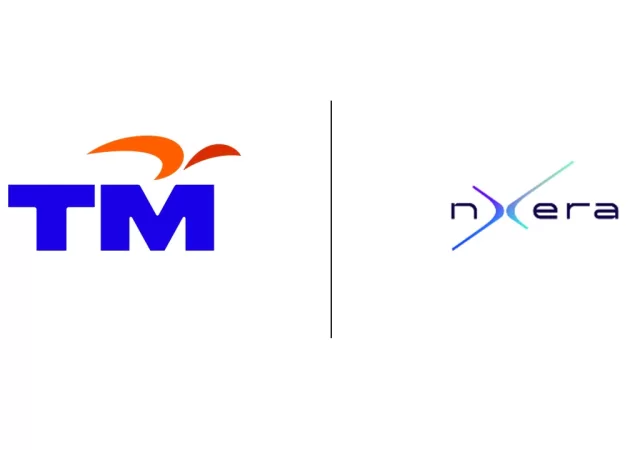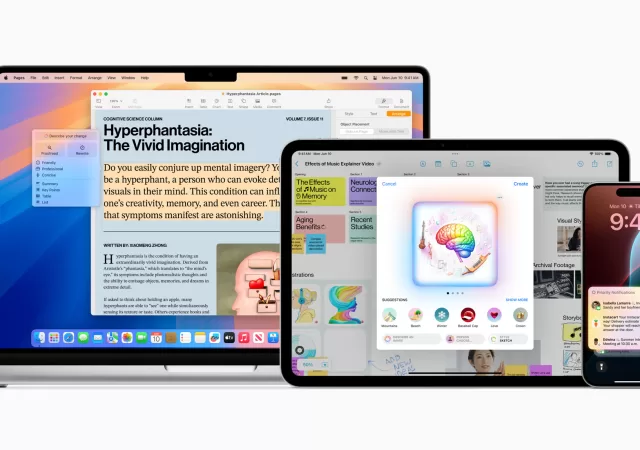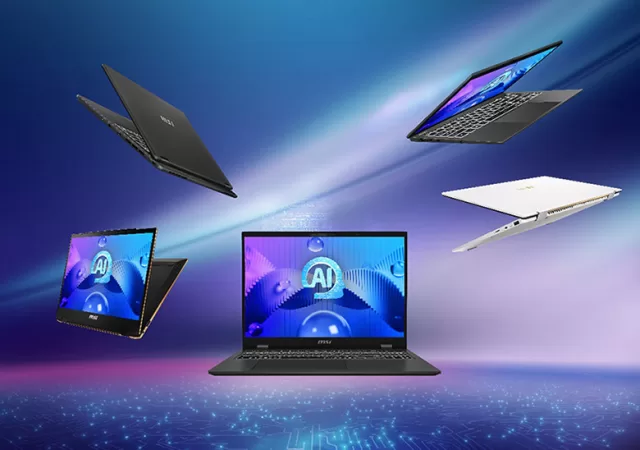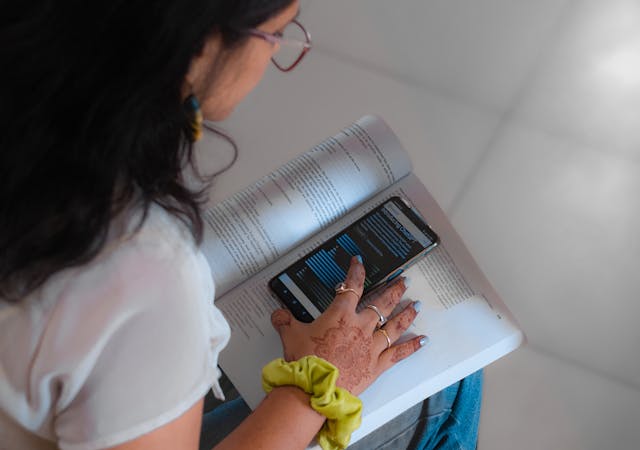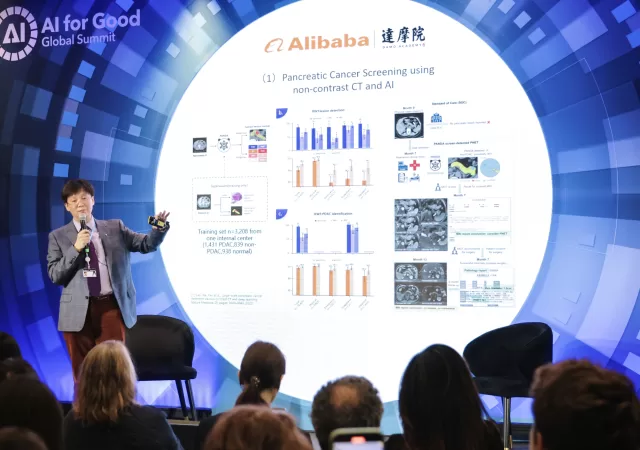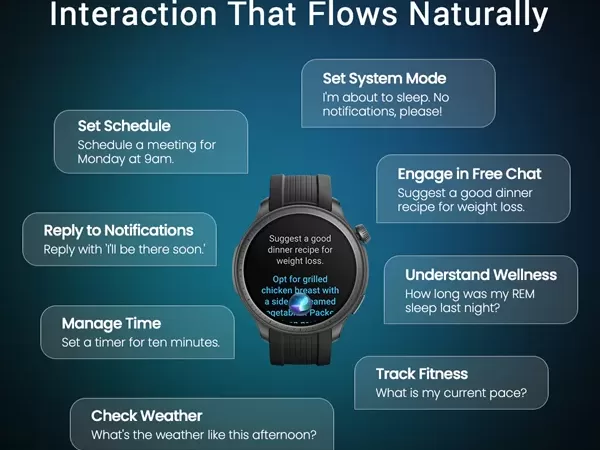TM and Singtel’s Nxera are coming together build AI-ready data centers in Johor to empower regional hyperscalers.
Scientists Just Used AI to Discover New Genes Linked to Heart Disease
Scientists at the Icahn School of Medicine at Mount Sinai have discovered 17 rare gene variants linked to heart disease using AI.
AI Comes to Apple Products with ‘Apple Intelligence’
Apple introduces Apple Intelligence at WWDC 2024 that revitalises Siri and brings features powered by ChatGPT to the Apple ecosystem.
MSI Shows Off The Prestige & Summit Series Laptops Running on Lunar Lake Processors
MSI shows off its new AI centered Prestige and Summit series built for gaming and creatives with over 100 TOPs of AI prowess.
Bringing the Open Source Way to AI
Can we open source AI? Ashesh Badani, VP and Chief Product Officer at Red Hat weighs in on the big question of open source AI.
AI Enters the Classroom: OpenAI Unveils ChatGPT Edu
OpenAI announces ChatGPT Edu, a version of its popular ChatGPT generative AI for classrooms.
DAMO Academy and the World Health Organization Collaborate to Push Medical AI Boundaries for Developing Countries
DAMO Academy and the World Health Organisation (WHO) collaborate to advance the application of AI in healthcare across the Western Pacific region.
Zepp Flow Makes Its Debut in Zepp OS 3.5 for the Amazfit Balance
Zepp Health announces a major update to Zepp OS – Zepp OS 3.5 – that brings AI integration in the form of Zepp Flow to the Amazfit Balance.
Chromebook Plus Gets an AI Infusion with Gemini
Google recently unveiled the Chromebook Plus, a new laptop class promising a more powerful and intelligent user experience with the help of artificial intelligence (AI). Let’s delve into the new features coming to Chromebook Plus and how it leverages AI…
The Honor 200 Series Makes Mainland China Debut; Priced from CNY2,699
The Honor 200 series makes its debut in China bringing a brand new approach to mobile photography and a focus on AI features with MagicOS 8.



